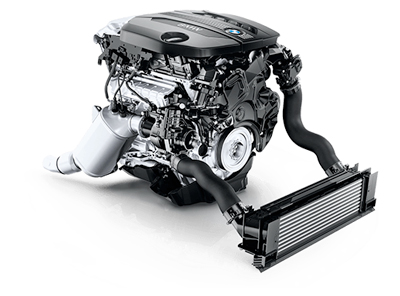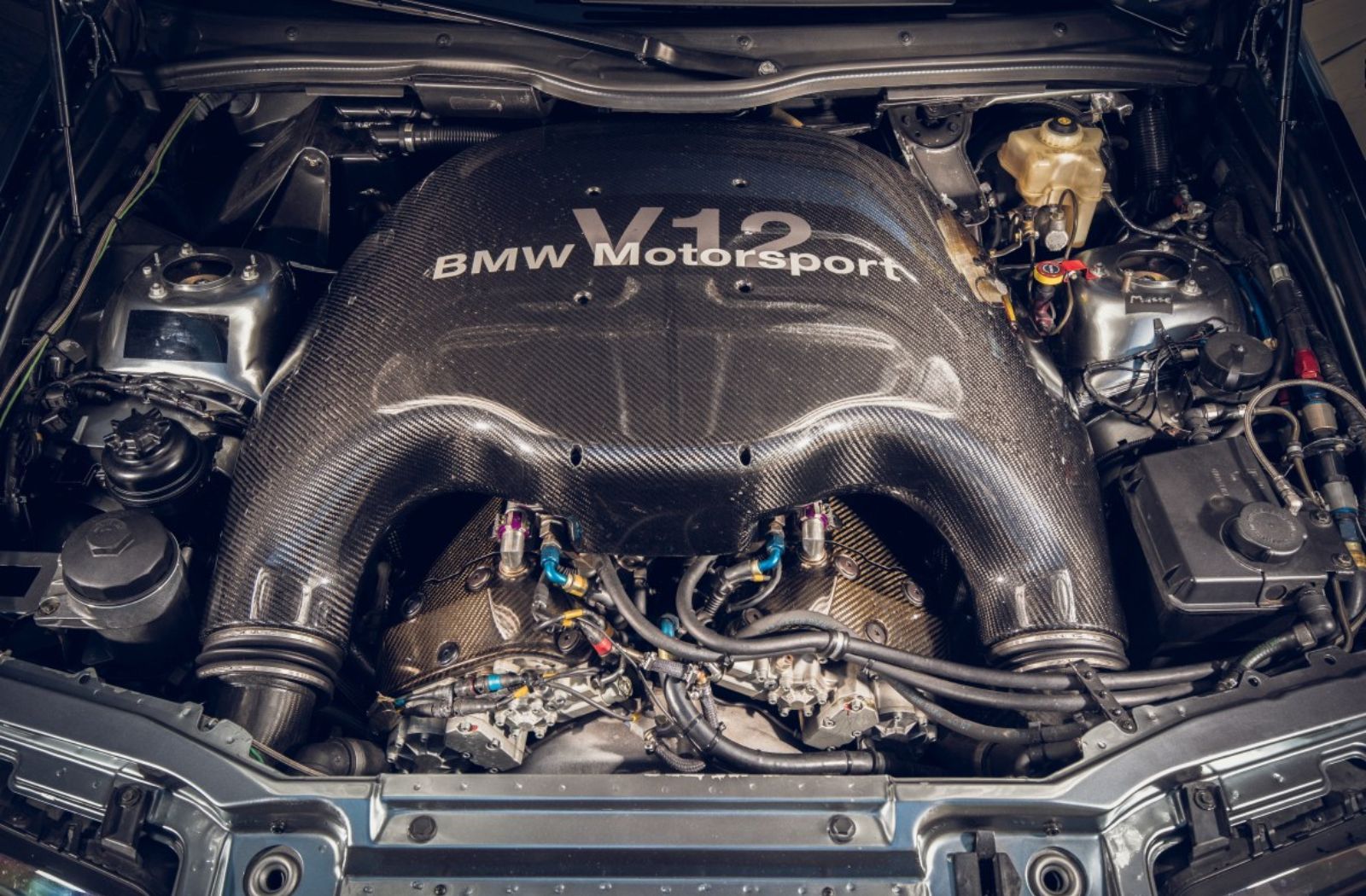Top 5 BMW Engine Technologies Reinventing the Automotive Market
Top 5 BMW Engine Technologies Reinventing the Automotive Market
Blog Article
Checking Out the Development of Burning Engines in Modern Transport Solutions
As we browse the landscape of modern-day transport, the advancement of burning engines stands as a testimony to human ingenuity and engineering prowess. From their humble beginnings to the sophisticated powerhouses moving cars today, combustion engines have undergone an amazing journey of advancement and adjustment. Comprehending the ins and outs of this evolution not only clarifies the past but also paves the way for envisioning what lies ahead in the realm of transportation innovation. The interplay of history, innovation, and ecological issues fit the trajectory of burning engines develops a story that is both informative and engaging.
Early Beginnings of Combustion Engines
How did the idea of combustion engines initial emerge in the very early stages of transport advancement? When the concepts of interior burning were first discovered, the roots of combustion engines can be mapped back to the 17th century. In 1673, Christian Huygens conceptualized a standard internal burning engine that used gunpowder to produce power. It wasn't up until the late 19th century that sensible applications of combustion engines in transport began to emerge.
The advancement moment came with the creation of the initial successful gasoline-powered engine by Karl Benz in 1885 - bmw engine. This engine paved the method for the growth of the modern vehicle, reinventing transport systems worldwide. Subsequent advancements by Nikolaus Otto and Gottlieb Daimler better refined combustion engine innovation, bring about the mass production of vehicles and the fast development of the transport industry
These very early burning engines were identified by their simpleness and efficiency, laying the foundation for the complex and powerful engines used in contemporary transport systems. The development of burning engines has contributed fit the means we take a trip and move items, noting a substantial landmark in the background of transport advancement.
Shift to Internal Burning Modern Technology
The change to interior combustion technology noted a crucial change in the development of transportation systems. This shift started in the late 19th century, with innovators like Nikolaus Otto and Gottlieb Daimler establishing the very first successful internal burning engines. These engines reinvented transportation by offering a more reliable and effective choice to heavy steam engines and electric motors.
One of the vital advantages of internal burning engines was their ability to be reduced to fit into vehicles, bring about the advancement of vehicles and bikes. This change from bulky, fixed engines to compact, mobile ones led the method for the modern-day transportation systems we see today.
The change to internal burning modern technology likewise stimulated innovations in fuel innovation, bring about the growth of gasoline and diesel as primary fuel sources for vehicles. This change not just made transportation a lot more available to the masses however also laid the foundation for the oil and gas sector to become essential to international economies.
Effect of Combustion Engines on Transport
The adoption of combustion engines in transport systems militarized a profound shift in the effectiveness and rate of global movement. Burning engines changed transport by providing a trustworthy and versatile resource of power for numerous vehicles, including automobiles, ships, aircrafts, and trucks. This development substantially boosted the ability for items and individuals to conform fars away in much shorter amount of time, bring about raised connection in between areas and nations.
Moreover, the extensive use combustion engines has had a considerable effect on economic advancement. The ability to transfer goods efficiently has actually stimulated profession and commerce, allowing businesses to expand their markets and get to customers worldwide. This has facilitated economic development and globalization, as products can now be transported much faster and in bigger quantities than ever.
However, the ecological effect of combustion engines can not be overlooked. The burning of nonrenewable fuel sources has brought about air contamination and greenhouse gas discharges, adding to you could try these out environment modification and posing wellness threats to populations. bmw engine. As a result, there is an expanding emphasis on creating alternate propulsion technologies to minimize these unfavorable effects and develop a much more sustainable future for transport
Developments in Burning Engine Style
One noteworthy innovation is the growth of turbocharged engines, which use exhaust gases to drive a generator that presses inbound air, allowing for more gas to be scorched, resulting in raised power output without a considerable rise in engine dimension. Variable shutoff timing systems have actually additionally reinvented engine design by optimizing air movement at various engine speeds, boosting both power and performance. These technologies collectively contribute to the constant enhancement of burning engines in contemporary transportation systems.
Future Trends in Combustion Engine Growth
With innovation advancements driving constant development, the future of burning engine development is poised to change transportation systems around the world. One of the essential fads in combustion engine growth is the push in the direction of greater effectiveness and reduced exhausts.
One more noticeable trend is the fostering of crossbreed technologies in burning engines. Crossbreed engines combine conventional burning technology with electric power, offering enhanced gas efficiency and reduced exhausts. As the automotive market changes towards electrification, crossbreed combustion engines are viewed as a transitional option that bridges the space in between standard vehicles and totally electrical ones.
Moreover, the combination of clever modern technologies, such as expert system and data analytics, is anticipated to play a significant duty in the future of combustion engine development. These innovations can enhance engine performance in real-time, bring about a lot more reliable burning procedures and boosted total lorry performance. Embracing these future fads will certainly not just drive innovation in burning engine development yet also add to a more sustainable and environmentally friendly transport ecosystem.

Conclusion
Finally, the development of burning engines in modern-day transport systems has actually been noted by considerable improvements in modern technology and layout. From the very early beginnings of combustion engines to the transition to internal combustion modern technology, these engines have actually had an extensive influence on transport. Advancements in combustion engine design remain to drive progression in this area, with future patterns concentrating on more boosting effectiveness and minimizing discharges. The future of combustion engines in transport looks encouraging as r & d efforts remain to press boundaries.
The roots of burning engines can be traced back to the 17th century when the principles of interior combustion were initial checked out. These engines transformed transport by using a more reliable and powerful choice to heavy steam click engines and electric motors.

Report this page